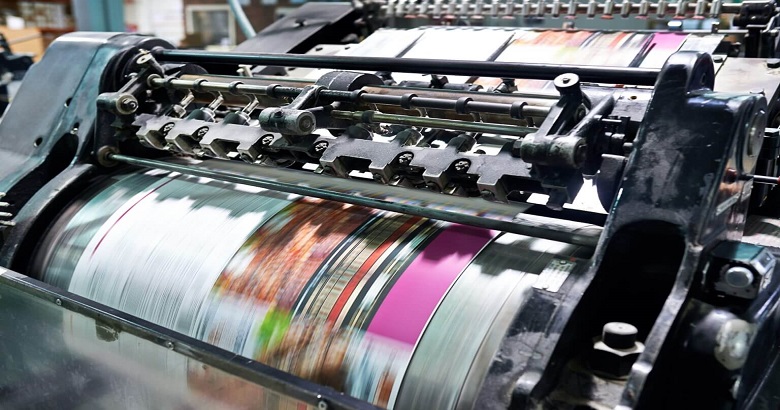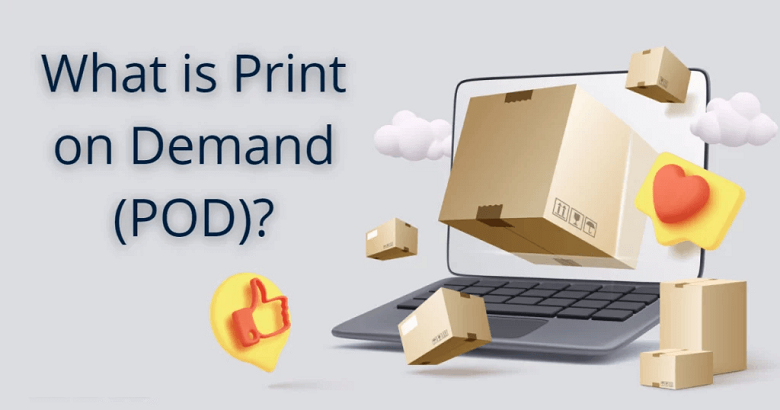Making words come to life requires important choices, and picking the right printing method is the most important of them all. In the vast ocean of publishing, each book is an island of its own creativity. The method used greatly affects the quality, cost, and general success of a book. There are many printing methods, and each has pros and cons, so writers and publishers must be careful when choosing which professional book printers to use. This guide covers a lot of ground when it comes to different ways to print books. The goal is to give you the information you need to make smart choices about your publishing projects.
The Time-Honored Tradition: Offset Printing

Offset printing, which has been used for a long time by professional book printers and is praised for its high quality and flexibility, is at the heart of traditional book printing. In this method, ink is moved from a plate to a rubber blanket and then to the printed surface, which is usually paper. Offset printing has been the best way to make books for a long time because it can produce clear, high-resolution pictures and bright colours.
One thing that makes offset printing unique is that it can be used for big runs. After the initial setup, which includes making the plates, is done, the cost per unit goes down by a lot, which makes it a cheap option for printing large quantities. Offset printing also lets producers choose from a lot of different types of paper with finishes that range from glossy to matte. This lets them make the books look and feel the way they want them to.
However, making plates and setting them up can cost a lot of money upfront, which makes offset printing less practical for small or one-time printing jobs. The setup process can also take a while, which might not work well for jobs with short deadlines. Even with these problems, offset printing is still the best option for many publishers who want their printed papers to be of the highest quality and consistency.
Sailing into the Digital Age: Digital Printing
Technological progress has made digital printing a strong competitor in the professional book printers market. Digital printing transfers digital images straight onto the printing surface, so there is no need for an expensive setup like offset printing, which uses plates. Because of this, digital printing is a good choice for on-demand publishing and small print runs.
Digital printing gives publishers more options than any other method, so they can quickly and cheaply make small numbers of books. Digital printing also makes variable data printing possible, which means that each copy of a book can be customised with its content. This is especially useful for personalised children’s books or limited edition releases.
Digital printing is very flexible and quick, but the quality and consistency of offset printing may not always be as good, especially when making a lot of copies at once. Digital prints may differ from offset prints in colour accuracy and sharpness. This could be a problem for projects that need accurate colour reproduction. However, digital printing is still a flexible and affordable choice for companies that need to print on demand.
Charting a New Course: Print-on-Demand (POD)

In the past few years, print-on-demand (POD) has become a major force in professional book printers, changing how books are printed and sent out. With POD, publishers can only print books as ordered, so they don’t have to worry about big print runs or expensive storage for their stock. Print-on-demand (POD) lets companies quickly fill orders and cut down on waste by printing books one at a time or in small groups.
One of the best things about print-on-demand is that it can reach narrow markets and audiences, making it possible to publish specialised or niche books that might not be possible with more traditional printing methods. POD also eliminates the need to buy inventory upfront, lowering the financial risk for publishers and writers. This opening up of the publishing process to more people has made it easier for small presses and independent writers to get their books out there.
POD has a lot of benefits, but it might not work for projects that need special printing methods or high-quality finishes. Also, the price per unit for POD printing might be higher than for letterpress or digital printing, especially when many are being printed simultaneously. Digital printing technology may also cause small differences in colour and print quality, which could change how the book looks generally.
Choosing the Right Course: Factors to Consider
When you start the process of making a book, you should keep these things in mind or hire a professional book printer agency:
Plan your budget: Consider your resources and determine which printing method suits your project best.
Print Volume: Consider how many copies you’ll need for your project and choose a printing method to meet your needs.
Quality Needs: Figure out what kind of quality and finish your book needs by looking at things like picture resolution, colour accuracy, and paper stock.
Turnaround Time: Consider how long you need to finish your job and choose a printing method to complete it on time without sacrificing quality.
Special Needs: Consider any unique needs you have, like variable data printing or custom finishes, and pick a printing method that can meet them well.
Final Thoughts
Finally, the best way to print books isn’t a one-size-fits-all answer. Instead, it’s a well-thought-out plan considering your specific goals, budget, and production needs. Each printing method has pros and cons, whether you choose the tried-and-true reliability of offset printing, the adaptability of digital printing, or the ease of print-on-demand. To ensure your book sails off to the seas of publishing with confidence and success, you should carefully navigate these waters and weigh the pros and cons of each method.
Frequently Asked Questions
-
What role does prepress preparation play in book printing?
Prepress preparation involves formatting, typesetting, and optimising files for printing. Publishers ensure that design elements are correctly laid out and that files meet printing specifications before sending them to the printing press.
-
How do publishers select the right paper for printing books?
Publishers consider paper weight, texture, colour, and opacity when choosing paper for book printing. They select a paper that complements the content and enhances the reading experience while meeting budgetary constraints.
-
What steps are involved in the book printing process from start to finish?
Book printing typically involves prepress preparation, printing, binding, finishing, and quality control. Each step requires attention to detail to ensure the final product meets quality standards and reader expectations.
-
How do publishers handle colour management in book printing?
Publishers use colour management techniques to reproduce consistent and accurate colours across different printing processes. They may use colour calibration, proofing, and correction to maintain colour fidelity throughout printing.
-
What considerations do publishers consider when choosing a printing partner?
Publishers evaluate printing partners based on reputation, capabilities, quality standards, pricing, turnaround time, and customer service. They seek reliable partners who deliver high-quality printed books on schedule and within budget.



